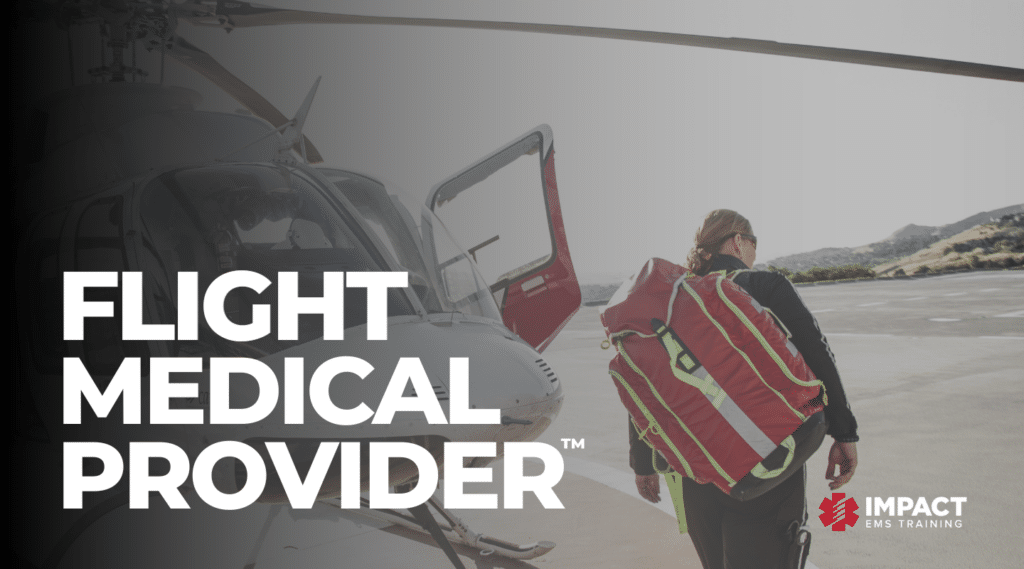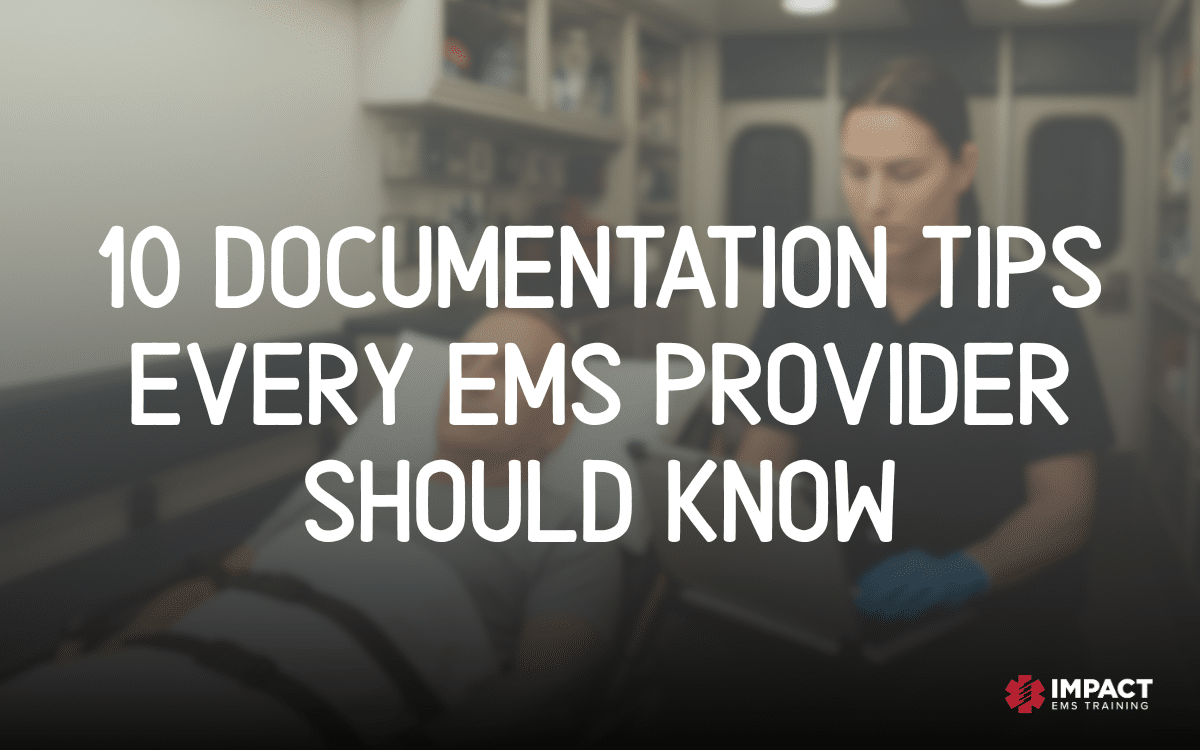One of the biggest failures when utilizing an ultrasound (US) device is not making adjustments. We typically turn the ultrasound device on, select a preset like cardiac, and then begin scanning and never make an adjustment. Only to get frustrated by not obtaining a great view and then move onto another exam elsewhere.
These next five tips will potentially help you achieve better images and improve confidence in your ultrasound skills. In our online and in-person courses, we incorporate these small tips along with many others to build upon the foundations of being a better clinician when utilizing ultrasound.
#1 Focus on Depth, Axis, and Gain
Depth needs to be your best friend and in most cases can mean the difference between an interpretable image or just plain garbage. For example, when performing a cardiac ultrasound exam most presets never start at a depth of 24 cm and are usually around the 16-18 cm range depending on the manufacturer.
When utilizing the subxiphoid view on the average adult, you will typically only see the right side of the heart when you are not deep enough. Increase your starting depth to 24 cm to get the most bang for your buck and then decrease your depth as needed.

After depth has been optimized (vertical axis), center up the image by focusing on the horizontal axis. The goal is to have the area you are scanning take up approximately 75-80% of the total image.
For example, the image shown to the right is a RUQ view. Axis has been optimized to be able to see all of the appropriate structures including the diaphragm, liver, kidney, Morison’s pouch, and some areas above the diaphragm.
If the axis was not optimized, more probe movement would have to take place in order to visualize the structures and not meet the goal of 75-80%.
Gain allows you to adjust the brightness of the image and is often overlooked. Unlike depth or axis, gain does not always need to be adjusted, but it can help improve your ability to identify structures in an area that is too bright or too dark. Most ultrasound software has an optimized preset gain level, but again it was built on the average person so some fine-tuning may be necessary.
#2 Use Plenty of Gel
Ultrasound gel creates a conductive pathway or bridge for ultrasound waves, which have a difficult time traveling through air. Anytime there is a gap in the bond between the probe lens and tissue, which becomes interrupted by air, the image clarity will be poor.
The first thing to do with poor image quality is to think “is this a gel problem”. The good thing is, it’s an easy fix. Just add more gel and make sure there is good contact between the probe lens and the tissue!
#3 Relax the Abdominal Muscles
Two of the most common ultrasound exams performed by prehospital providers in assessing the inferior vena cava (IVC) for preload status and assessing the heart utilizing the subxiphoid view. Oftentimes when the patient is lying supine with their legs outstretched, the abdominal muscles are not relaxed. This can make it difficult to utilize the scooping method and get underneath the subxiphoid process with the ultrasound probe.
If able, have the patient bend their knees while keeping the feet flat on the ground, will often relax the muscles and allow for a better image.
#4 Index Your Pinkie
If you have not found out yet, that ultrasound gel is slick, you will. When scanning a patient and hyper-focusing on the ultrasound screen we can find ourselves wandering with the probe, especially in an ambulance or aircraft, and not even know it.
A simple way to overcome the probe wander is to simply index your pinkie on the patient. Your pinkie will act as an anchor and not allow for the probe to wander. Give it a try, I think you’ll like the technique.
#5 Ask For Help
Don’t be afraid to ask for help. Using a portable ultrasound at times can be cumbersome. Trying to manipulate the probe, hold the tablet, making sure you are in the correct place, and making adjustments on the tablet at the same time can be difficult.
Utilize your partner, medical personnel, or bystander on a scene, staff at a facility, or even the pilot to hold the tablet for you. Seems like a no-brainer, but I see it all the time when someone tries to do it all by themselves and gets frustrated. Just try it, this one makes a huge difference.
Impact EMS offers accredited certification and refresher courses in one trusted location. Fully prepare for certification exams and maintain licensure with skill building credits.





